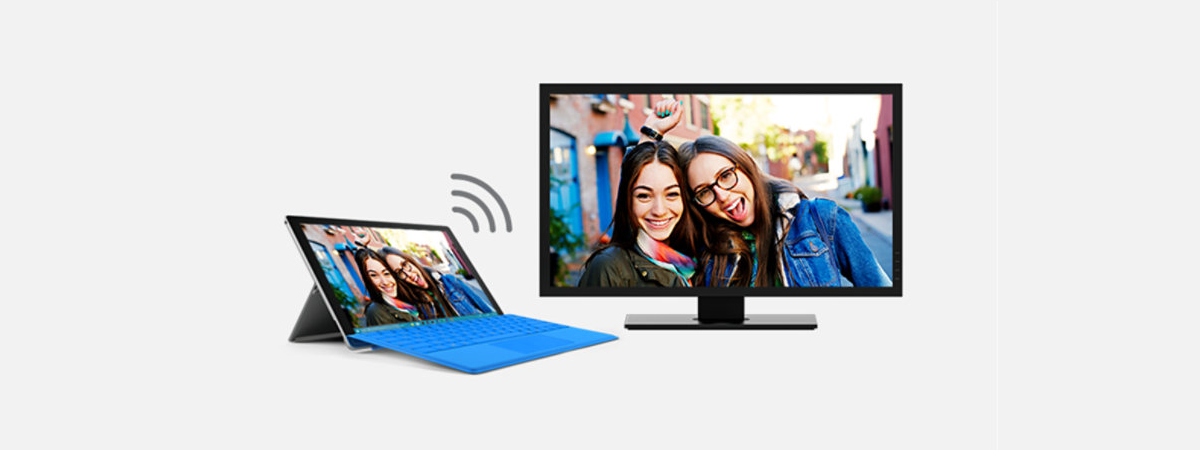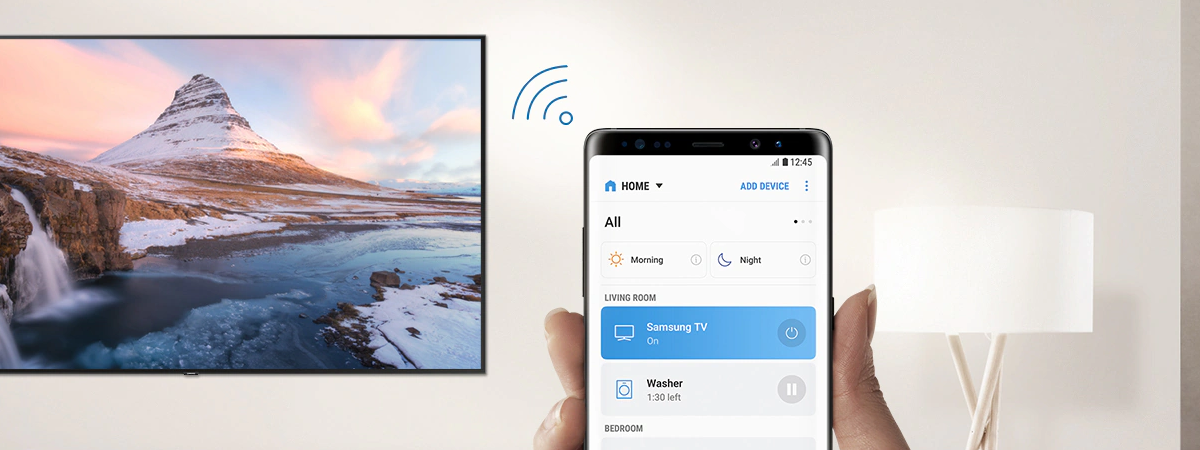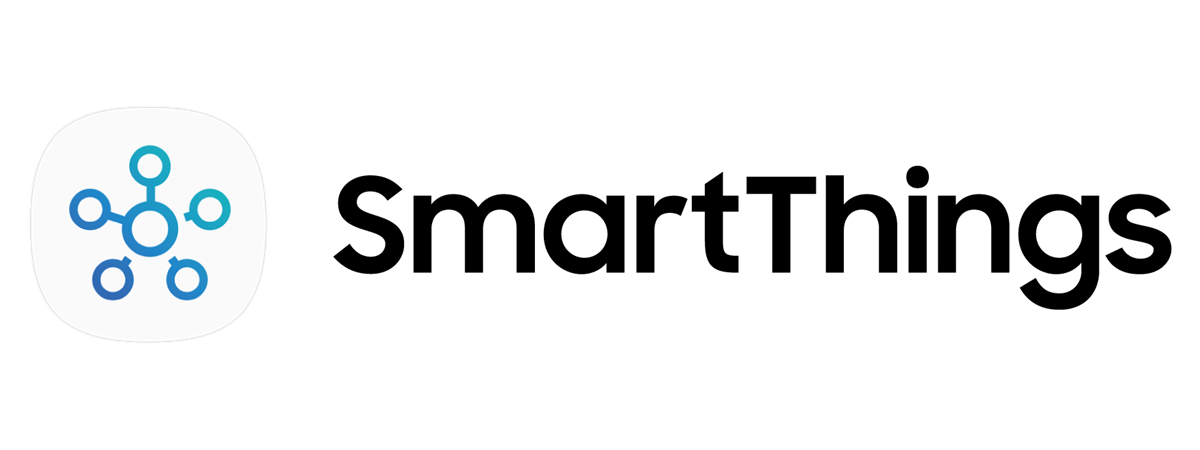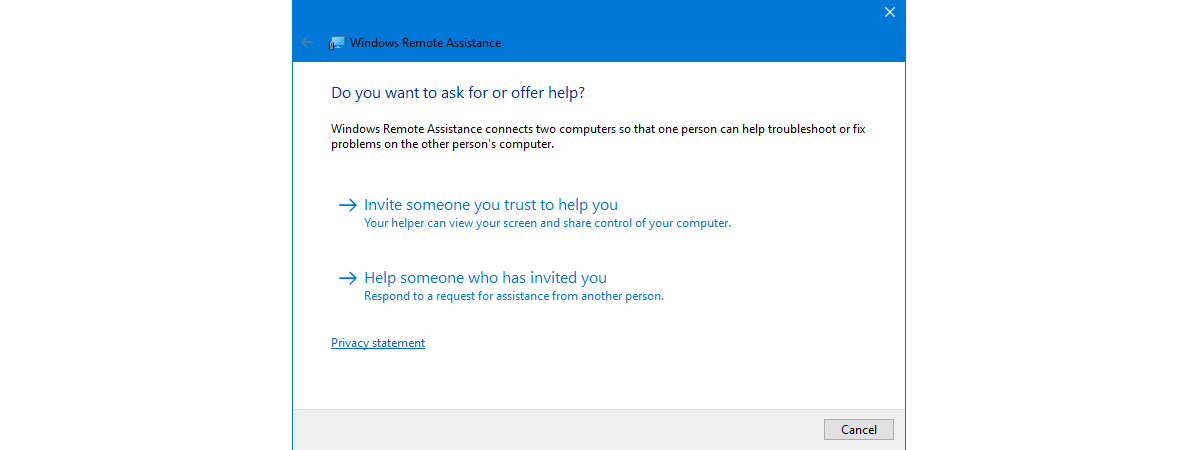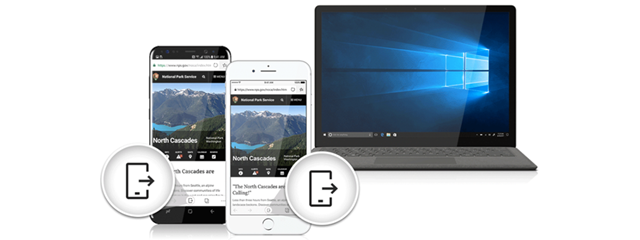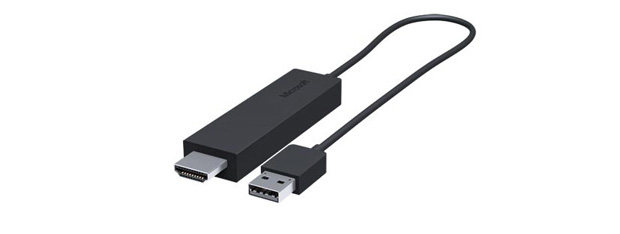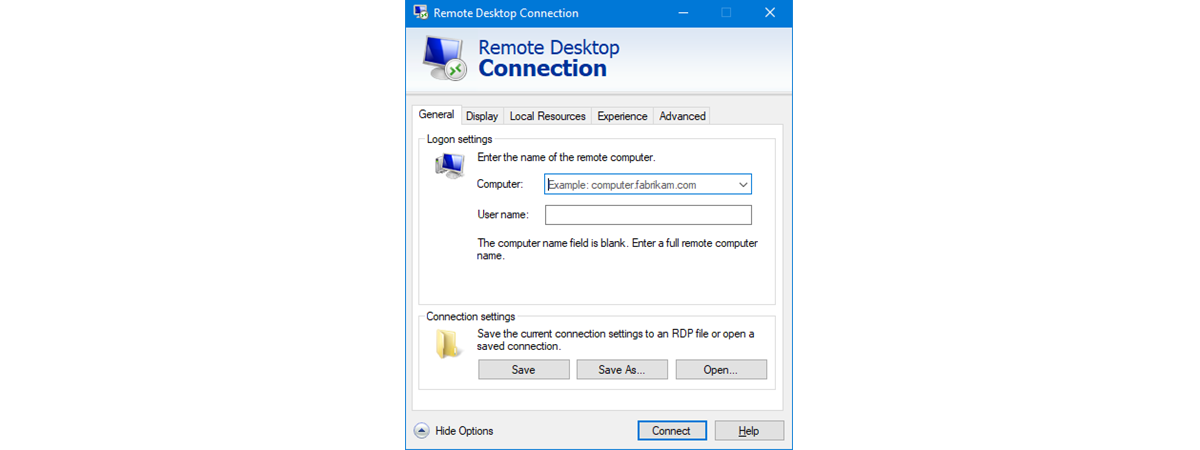
How to use Microsoft Remote Desktop to connect to other PCs
The Microsoft Remote Desktop client is a free app for Windows 11 and Windows 10, available through the Microsoft Store, useful when you need remote access to another Windows computer or device. This universal remote desktop client works both with devices available in your network and devices with public IP addresses that are accessible through the internet. For example, you can use it to connect


 10.05.2023
10.05.2023
